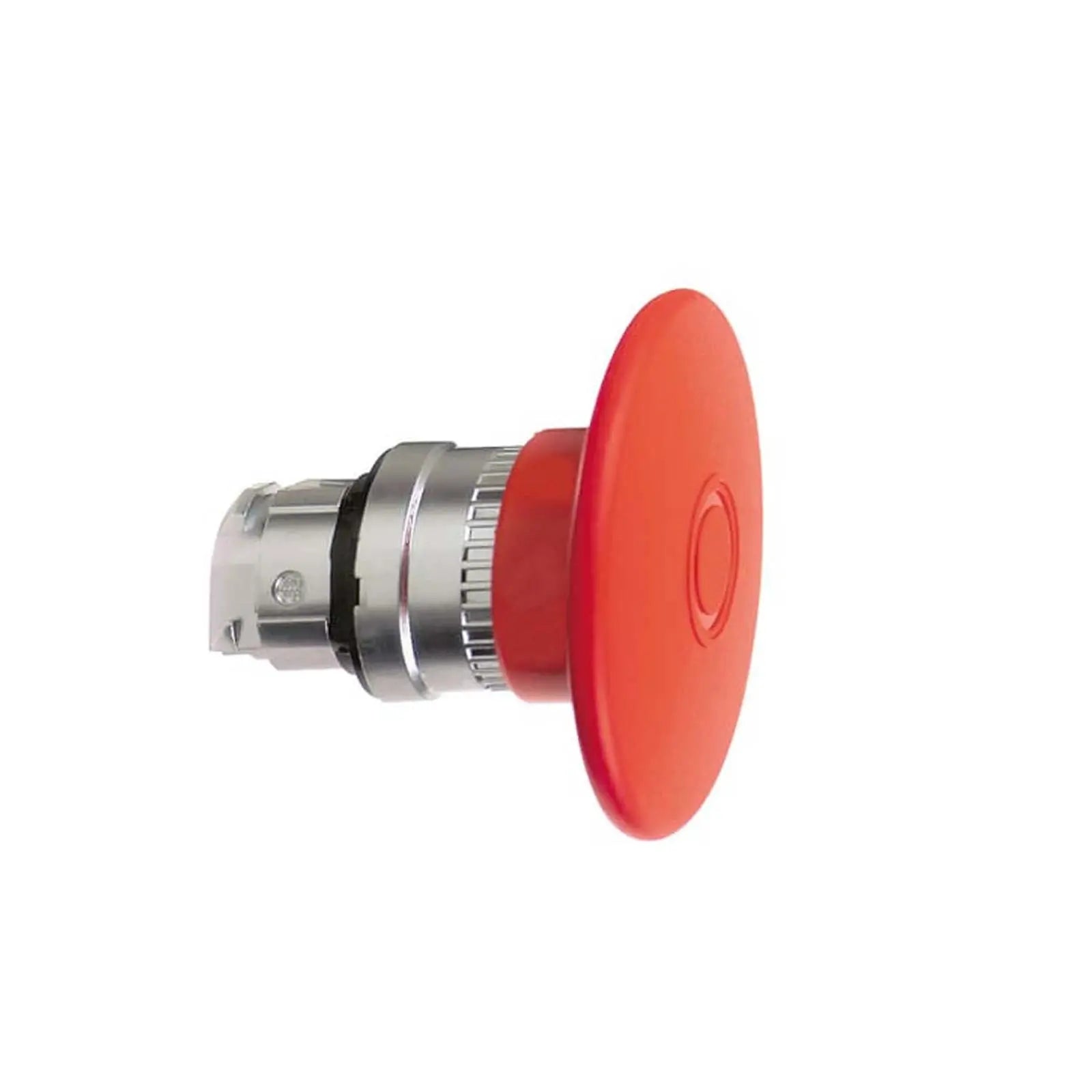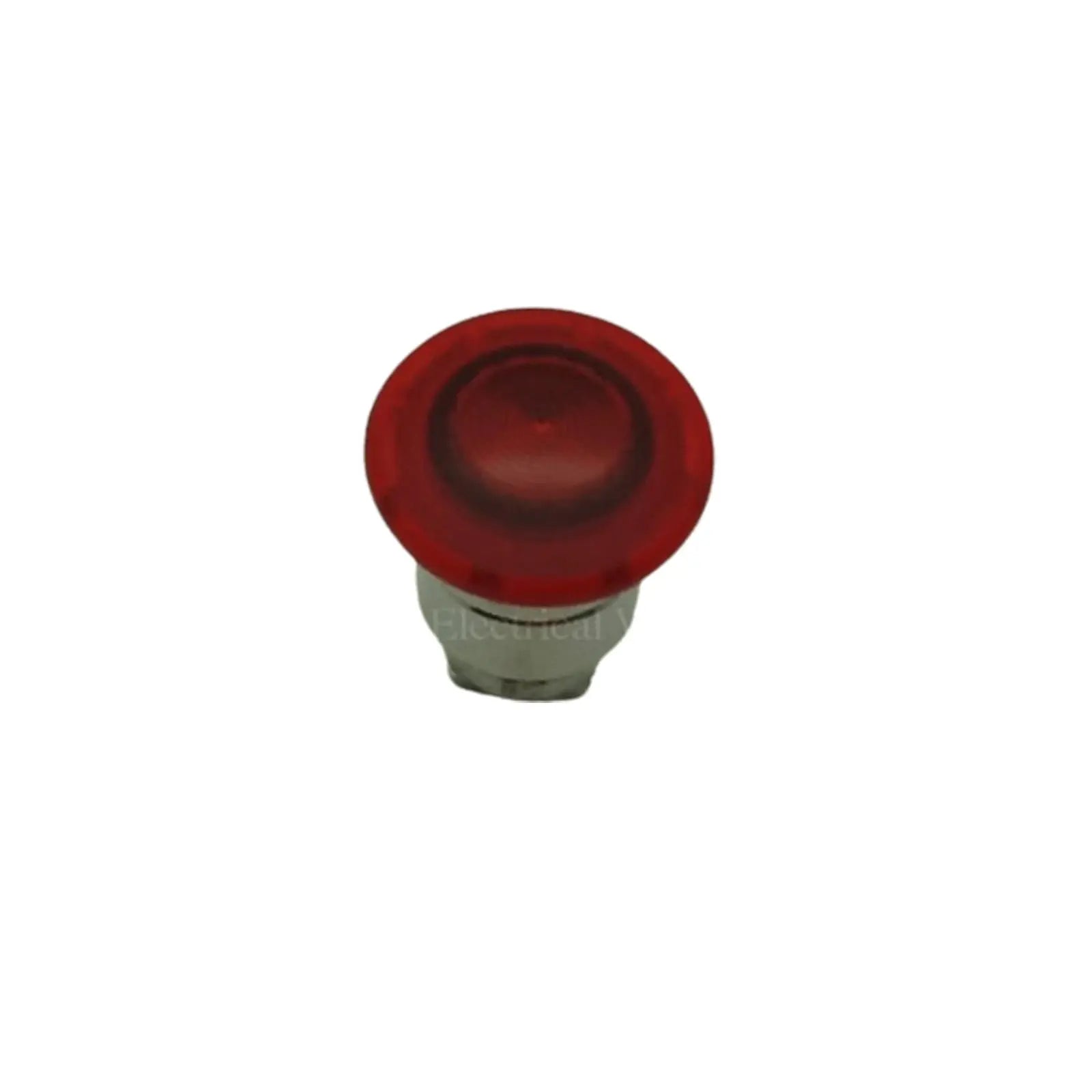
Emergency Push Button
25 products
Showing 1 - 25 of 25 products


















































Explore our high-performance emergency push button, essential for enhancing safety in industrial and commercial environments. These switches are designed to provide a quick and effective shutdown of machinery and equipment during emergency situations. With their bright, easily recognizable colors and robust construction, our emergency stop buttons ensure immediate response and operator safety.
Why Choose Our Emergency Push Buttons?
Our emergency push buttons are engineered for critical applications where safety is non-negotiable. Featuring durable materials and IP-rated protection, these buttons withstand harsh industrial conditions including dust, moisture, and mechanical wear. Choose from a variety of configurations such as twist-release, key-release, and pull-release types to match your system requirements. Each unit complies with global safety standards, making them ideal for use in factories, workshops, automation systems, and control panels.
How to Select and Install the Right Emergency Push Button?
When selecting an emergency push button, consider factors such as actuation method, panel cutout size, number of contacts (N/C, N/O), and environmental protection. Installation is straightforward—most models offer snap-on or screw-on mounting, and terminal types compatible with standard wiring systems. Ensure proper labeling and visibility to maximize safety.
Need Bulk Orders or Expert Help with Emergency Push Buttons?
Ordering in bulk or need technical advice? Our experts are ready to assist with product recommendations, safety compliance, and tailored quotes. Whether you're a facility manager, contractor, or panel builder, we have the right solution for your emergency stop needs.
📩 Contact Us or chat with us live for instant assistance!
Explore Our Monthly Madness Deals Collection!
Don't miss out on **huge savings** across our store! Check out the best deals in:
Explore these categories now and grab the best deals before they're gone!
- All Products in Our Range – Top-quality products handpicked for you.
- Best Sellers – Customer favourites and high-demand items.
- Watts Hot Deals and Sales – Limited-time discounts on must-have products.
- Watts New – Fresh arrivals and the latest innovations.
-
All Collections – Explore everything we have to offer.
Explore these categories now and grab the best deals before they're gone!
Don't forget to Check out our Massive Markdowns While Stocks Last!
Recently viewed
Watts Current Newsletter
Stay connected with the latest industrial electrical products, exclusive deals, and expert updates.
Sign up now and never miss out

